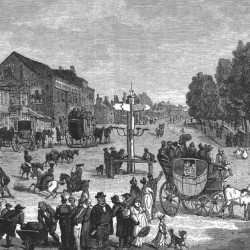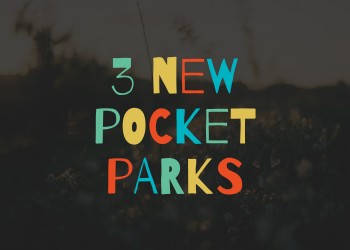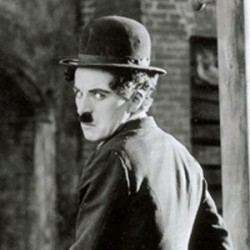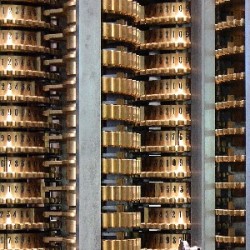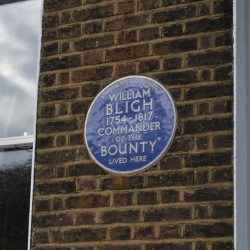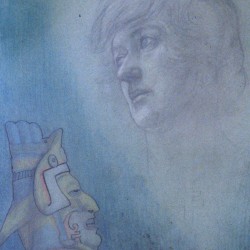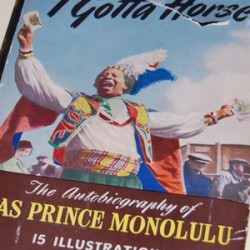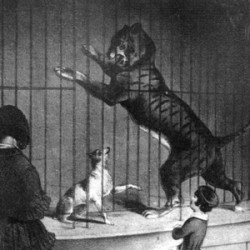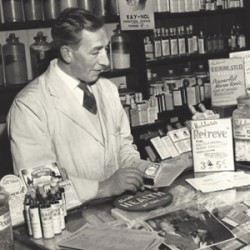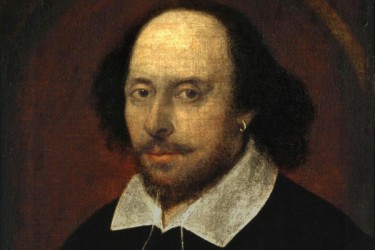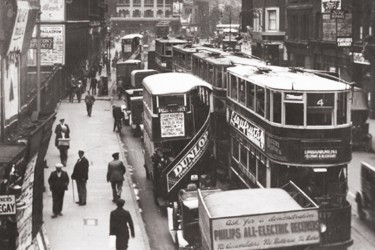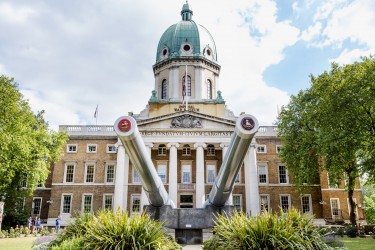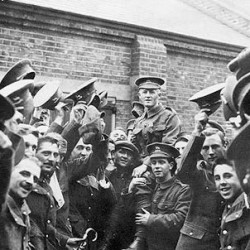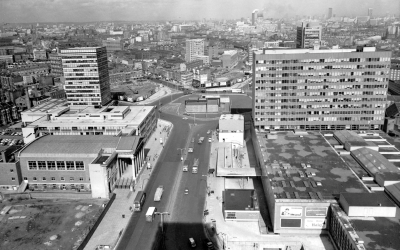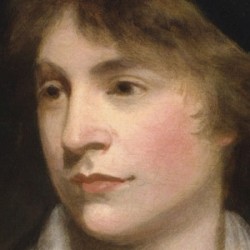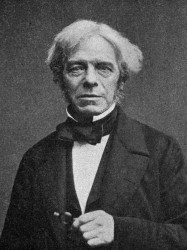When hoardings went up around the pink Elephant statue in 2015, some people feared we were about to lose our much-loved mascot.
In fact, the Elephant, which has presided over the hustle and bustle of Newington for decades, was simply receiving a well-deserved lick of paint and looks set to continue its watchful vigil for many years to come.
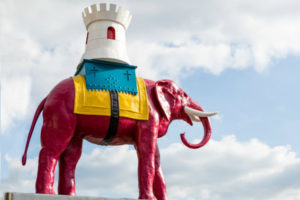
So where did it come from and what is its significance?
We think of Roman roads as being the country’s first, but actually many of them were built on even older roads. Since the Iron Age there were trackways carrying people and goods across England. In many cases, the Romans simply expanded on these. For instance, Old Kent Road and Newington Causeway each partially follow the routes of the Roman roads Watling Street and Stane Street, which, in turn, date back to the Iron Age.
The Romans’ innovation was to turn these roads into a means of rapid transit. The Roman Empire became famous for paved, straight roads, built to exacting standards which allowed mass-scale troop and supply movement over thousands of miles. As an added bonus, these roads created the infrastructure for widespread trade and commerce.
To allow troops and imperial bureaucrats to move swiftly and easily between cities and provinces, the road system included official way-stations, known by the Romans as ‘mansiones’. These were essentially government hotels, where anyone with an official pass could find food and lodging. They were situated roughly 25 to 30 kilometres apart (about as far as a pedestrian or an oxcart could walk in a single day).
If the remains of one of these lodgings lie somewhere beneath the streets of Elephant and Castle, we don’t know about it. But we do know that the Romans turned Watling and Stane streets into important roads and so the area where the two converged would have been a good spot for travellers to take a rest.
there was a pub named the Elephant and Castle in the area at least as far back as 1765
Long after the Romans left, the Elephant remained a vital crossroads, and a new type of establishment arose; the pub or (more specifically) the coaching inn.
Like their Roman forebears, these coaching inns also provided a place for travellers to eat and sleep and often supplied provisions for horses and repairs for vehicles. Travellers could also book seats to continue their journey by stagecoach at the inn. And so it is that this important junction eventually took on the name of its most important feature – the Elephant and Castle inn.
Walter Besant’s London South of the Thames (1912) notes that the area got its name from a coaching inn, and more recently, in his 2013 book about the area, Stephen Humphrey suggested that there has been a pub/inn, named the Elephant and Castle, at this junction since 1765 at least (if not earlier).
Given the Elephant’s important location, it’s not fanciful to imagine that any inn in the area (dating back far enough) would have had a history to rival that of the Tabard in Borough, which hosted Chaucer’s pilgrims.
The statue, which now faces the Metropolitan Tabernacle, derives from the pub sign, which adorned the grandest incarnation of the Elephant and Castle pub from 1898 to 1959.
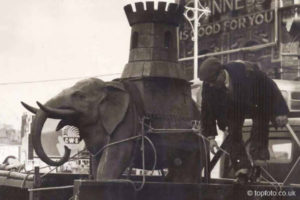
Pictorial pub signs date back to a time when many people couldn’t read. In order to advertise, businesses used pictures (much like logos) and those businesses would become known by that sign.
There are drawings depicting the Elephant and Castle pub, complete with a hanging sign, as far back as 1800. However, the three dimensional statue, which would go on to serve the exact same purpose, was a much later addition.
This pub ‘logo’ – a castle on the back of an Elephant – is very similar to the crest of the Worshipful Company of Cutlers. This mediaeval trade guild was responsible for swords, knives and other bladed implements, which were often made with ivory handles. It seems likely that this symbol is the origin of the pub’s sign, its name and consequently the name of the area.
It’s unclear what the original connection between the pub and the cutlers company is. Perhaps the pub had a cutler on the premises (after a long journey, a traveller might need a knife, sword or razor sharpened). Maybe the original landlord had some other connection to the company or maybe he just liked the crest or the name (in fact, it’s not an uncommon name for a pub).
When the London County Council altered the Elephant’s street layout as part of its radical post-war redevelopment in the late 1950s, it demolished the Elephant and Castle pub along with the triangular island of land where it stood. The Southwark Local History Library and Archive has pictures of the knees-up on its final night in 1959. The statue, however, was saved.
A new Elephant and Castle pub was established at the corner of Newington Causeway and New Kent Road and, in time, the statue we see today was erected outside the shopping centre.
The pub was recently given ‘asset of community value’ status by Southwark Council and the statue will remain in the area as part of the plans for the redeveloped town centre.
So, hopefully, both will still be familiar landmarks to passing travellers in another hundred years’ time.
